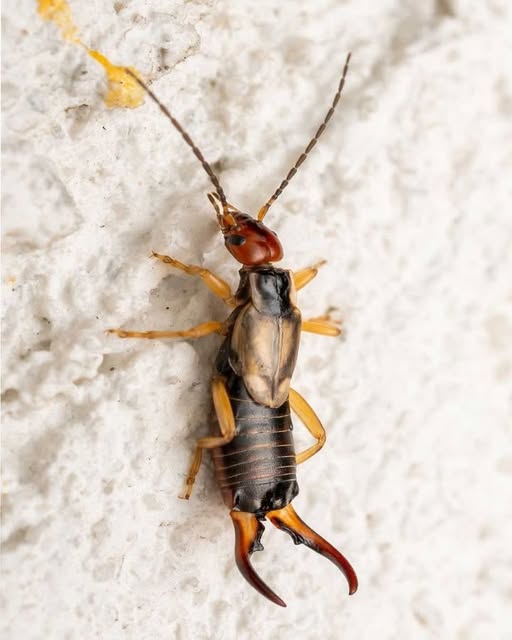ADVERTISEMENT
Help! My 8-Year-Old Was Bitten by This Strange Bug, and I’m Really Worried: What You Need to Know
As a parent, few things are more unsettling than seeing your child bitten by a strange insect—especially when it’s something you can’t immediately identify. It can be alarming, especially when the bite comes with symptoms like swelling, redness, or even a rash that you’re not sure how to handle. Recently, I had a concerning experience when my 8-year-old was bitten by an unfamiliar bug, and my sister-in-law nearby reported seeing similar insects. Could this be a new type of bug? What should we do next?
Let’s take a look at some possible culprits and how to handle them if your child is bitten.
Common Bugs That Bite: What Could It Be?
First things first: not all bug bites are created equal. They can come in different shapes and sizes, and the symptoms vary depending on the insect. While some bites are harmless, others can lead to allergic reactions or infections. Below are a few of the most common culprits to look out for:
1. Mosquitoes
- Symptoms: Swelling, redness, and itching that can last for a few days.
- What to Do: Apply an anti-itch cream, such as hydrocortisone, or use a cold compress to relieve discomfort. Keep an eye out for signs of an allergic reaction (excessive swelling or difficulty breathing). Mosquito bites are generally harmless but can be more dangerous in some areas due to the risk of diseases like West Nile or Zika.
2. Fleas
- Symptoms: Itchy, red bumps that may appear in clusters or a straight line.
- What to Do: Flea bites often appear in clusters, typically on the legs or ankles. If your child has been near pets or animals, check them for fleas. Fleas can be controlled with pet treatments and household cleaning. For the bites, clean the area with soap and water, and apply anti-itch cream or calamine lotion.
3. Bed Bugs
- Symptoms: Small, red, itchy bumps that are often grouped together or in a row.
- What to Do: Bed bugs leave bites that resemble mosquito bites but tend to appear in clusters. If your child was bitten while sleeping or after visiting a hotel, consider checking the bedding and furniture for signs of bed bugs (like dark spots or small brown insects). If necessary, call a pest control expert to handle a bed bug infestation.
4. Spiders
- Symptoms: A single bite that can be red, swollen, and painful, possibly with a small puncture mark in the center.
- What to Do: The bite of a common house spider or garden spider is usually not dangerous but can still cause discomfort. If you’re concerned about a more dangerous spider, such as a black widow or brown recluse, watch for symptoms like severe pain, nausea, or fever, and seek medical help immediately.
5. Ticks
- Symptoms: A red, inflamed area around the bite. Ticks can transmit diseases like Lyme disease, so it’s important to remove them properly.
- What to Do: If you find a tick attached to your child, carefully remove it using fine-tipped tweezers. Avoid squeezing the tick’s body to prevent infection. Clean the bite area with soap and water and watch for any signs of illness, like a rash or fever. If you live in an area with ticks, it’s a good idea to consult your pediatrician for further advice.
6. Ants
- Symptoms: Stings or bites that cause immediate pain, redness, and swelling. Some ants, like fire ants, can cause more severe reactions.
